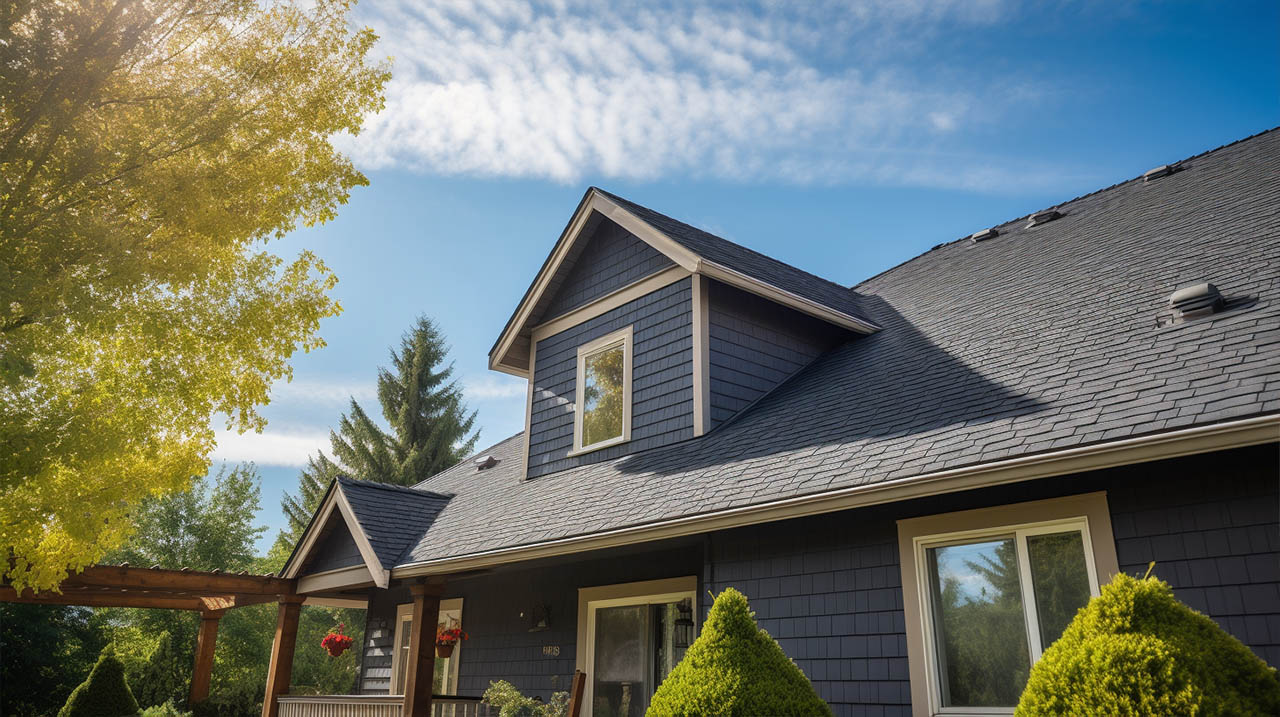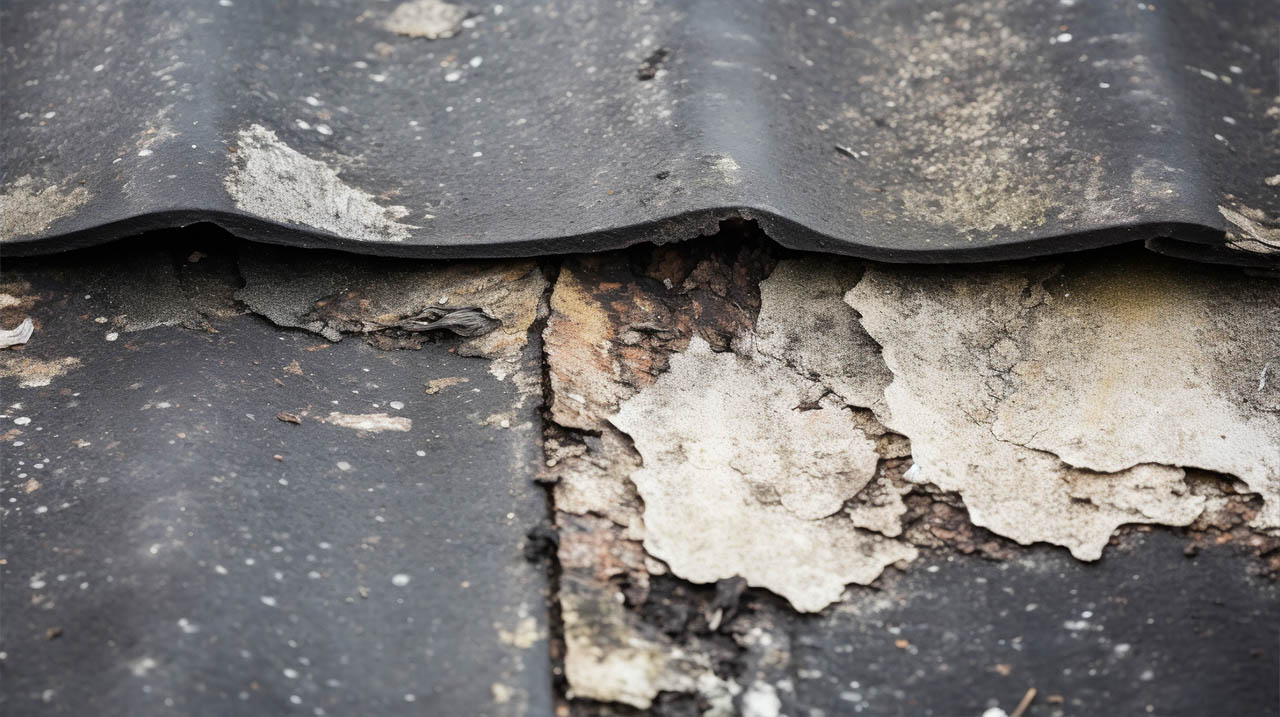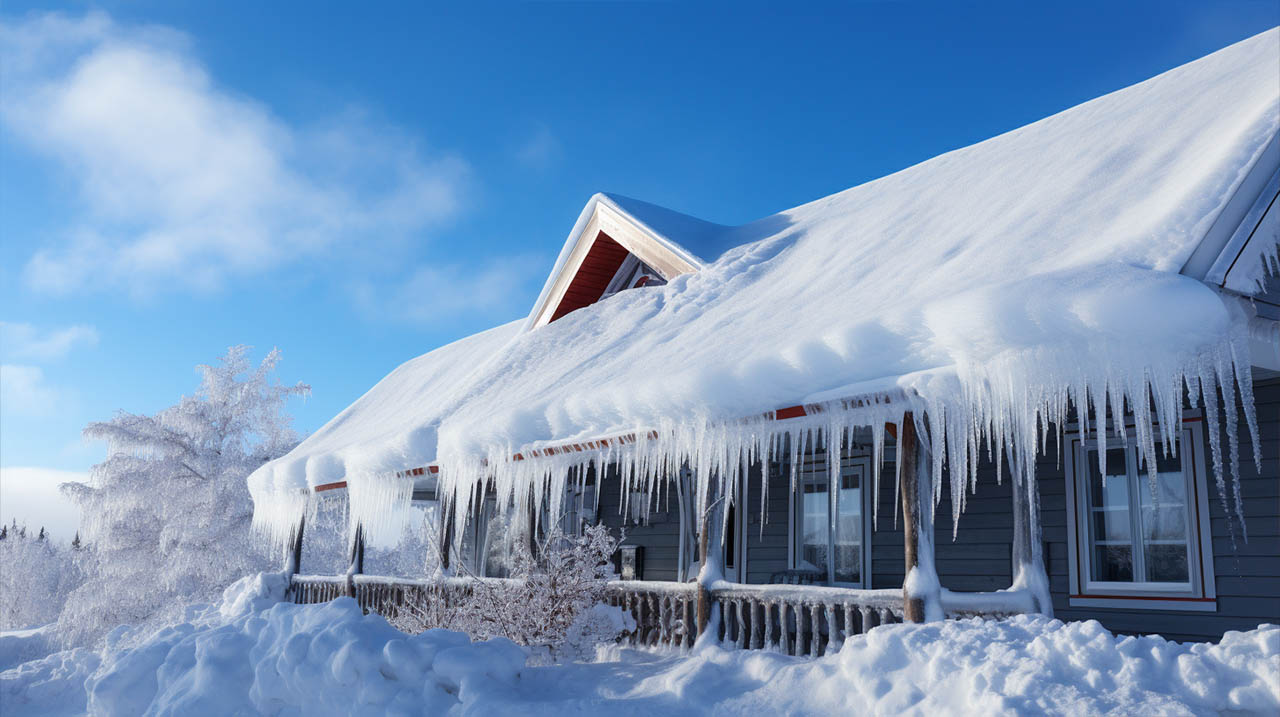Roofs are more than just a protective layer over our heads. They are intricate systems made up of various components, each playing a crucial role in ensuring the roof’s longevity and functionality. At Kanga Roof, we believe in educating our clients about the intricacies of their roofing systems. Here’s a detailed breakdown of the essential parts of a roof system.
1. Decking: The Foundation of Your Roof
Decking forms the base layer of the roof, providing a solid foundation for other components. Typically made from plank boards or plywood, decking ensures that the waterproofing materials have a sturdy base. Plywood, available in 4’x8′ sheets of varying thicknesses, is often chosen for its durability and cost-effectiveness.
2. Plywood Clips: Holding the Decking in Place
To prevent the decking from becoming uneven, plywood clips are essential. These clips ensure that the decking remains flat, reducing the risk of leaks and potential damage from strong winds.
3. Ice and Water Guard: Enhanced Protection
Positioned along the eaves, valleys, and other roof penetrations, the Ice and Water guard offers protection against snow and ice accumulation. Its rubbery consistency allows it to seal around nails, providing superior waterproofing compared to standard underlayments.
4. Underlayment: A Vital Defensive Layer
Acting as a barrier between the shingles and decking, underlayment prevents moisture buildup, which can lead to leaks or mold. Depending on the specific needs of a roofing system, one might choose between standard felt or the more durable synthetic underlayment.
5. Drip Edge: Directing Water Away
Installed at the eaves and rake edges, the drip edge ensures that water flows directly into the gutters, preventing potential water damage to the structure. If you notice water dripping behind your gutter, it might be due to an improperly installed drip edge.
6. Starter Shingles: The First Line of Defense
These shingles, positioned along the eaves, play a pivotal role in waterproofing the roof. Their adhesive properties also enhance wind resistance, ensuring the roofing material remains intact even during strong gusts.
7. Shingles/Tile: The Primary Protective Layer
Shingles, typically made from asphalt, and tiles, often crafted from stone or concrete, form the topmost layer of the roofing system. Their primary function is to shield the underlying layers from external elements.
8. Wall Flashing: Bridging the Gap
This metal component covers the transition between the roof deck and walls. Properly installed wall flashing prevents water ingress, ensuring the longevity of the roofing system.
9. Pipe Flashing: Sealing Around Roof Pipes
Designed with a base (either plastic or metal) and a rubber gasket, pipe flashing seals the area around roof pipes. It’s crucial to ensure the durability of this component to prevent potential leaks.
10. Valley: Where Roof Sections Meet
Valleys, formed at the junction of two sloping roof sections, are prone to debris and snow accumulation. Proper installation of Ice and Water guard in these areas is crucial to prevent leaks.
11. Ventilation: Ensuring Roof Longevity
A well-ventilated roof can significantly extend the life of shingles and prevent moisture-related issues. Various ventilation systems, such as soffit vents, help maintain a balanced temperature and moisture level in the attic or roof space.
Additional Roofing Systems
Apart from the primary components, roofs might also house other systems like HVAC vents. While not structural, these systems are integral to the overall functionality of a home.
If you’re considering roofing in Columbia MD or seeking a reliable roof repair service in Columbia MD, Kanga Roof is here to assist. With our expertise and commitment to quality, we stand out among roofing companies in Columbia MD. Reach out to us for a comprehensive roof inspection and unparalleled service.







